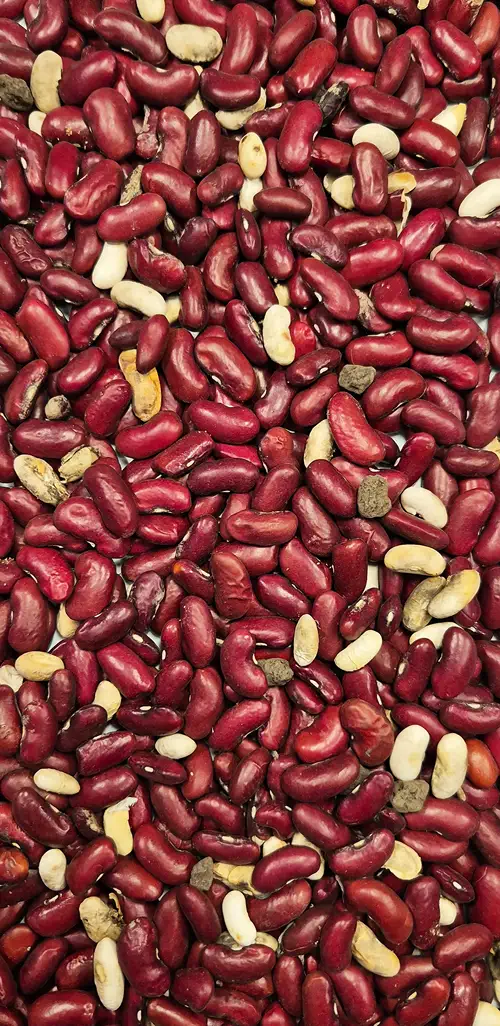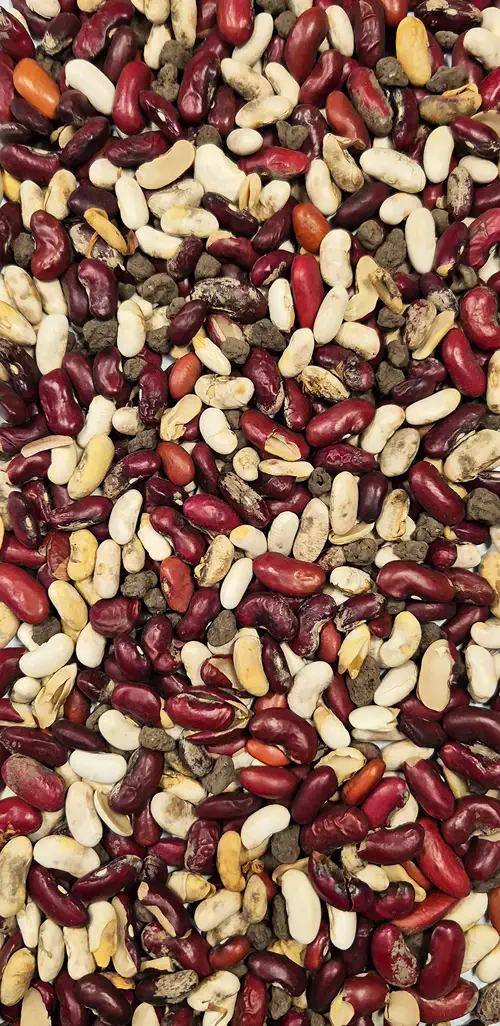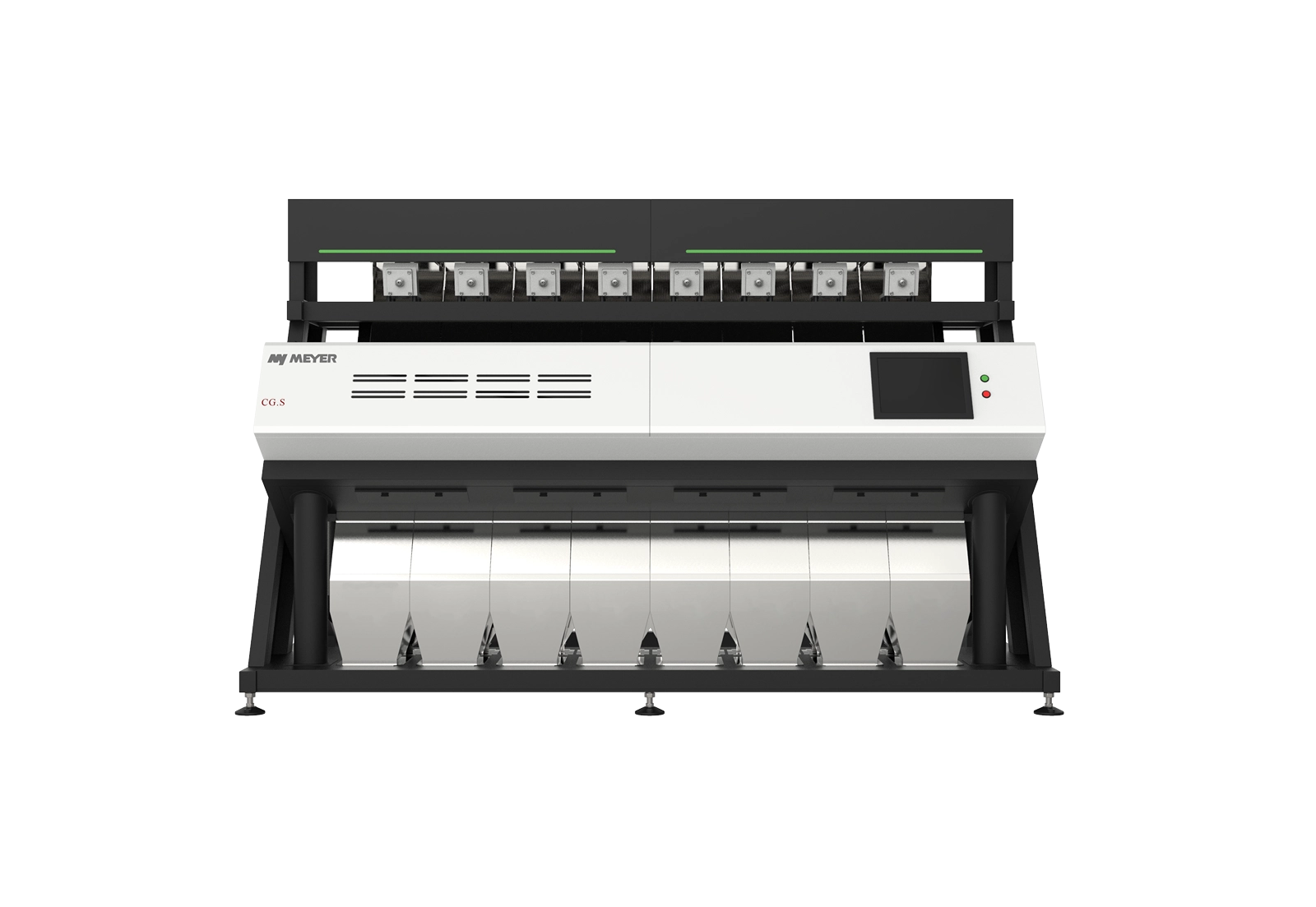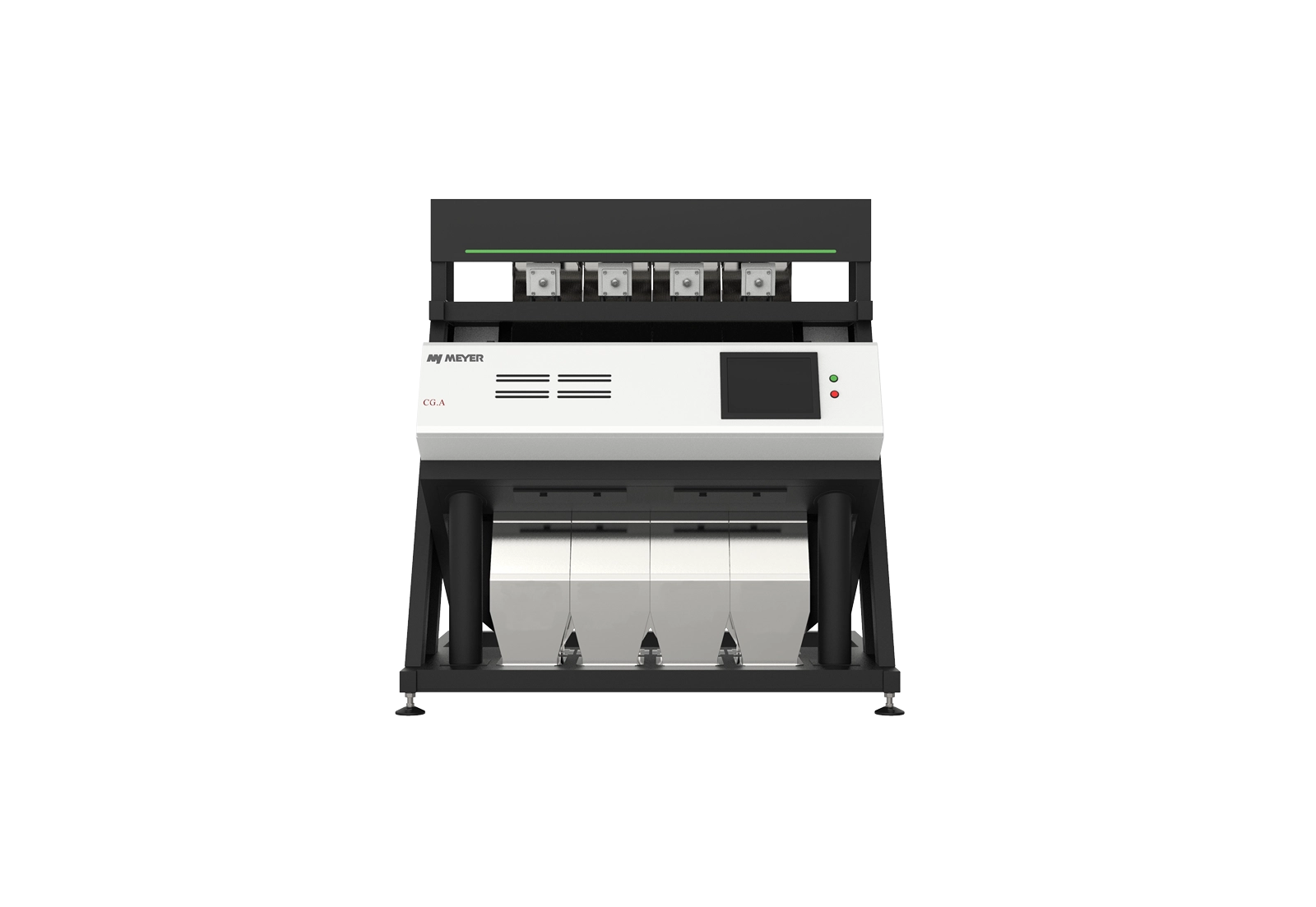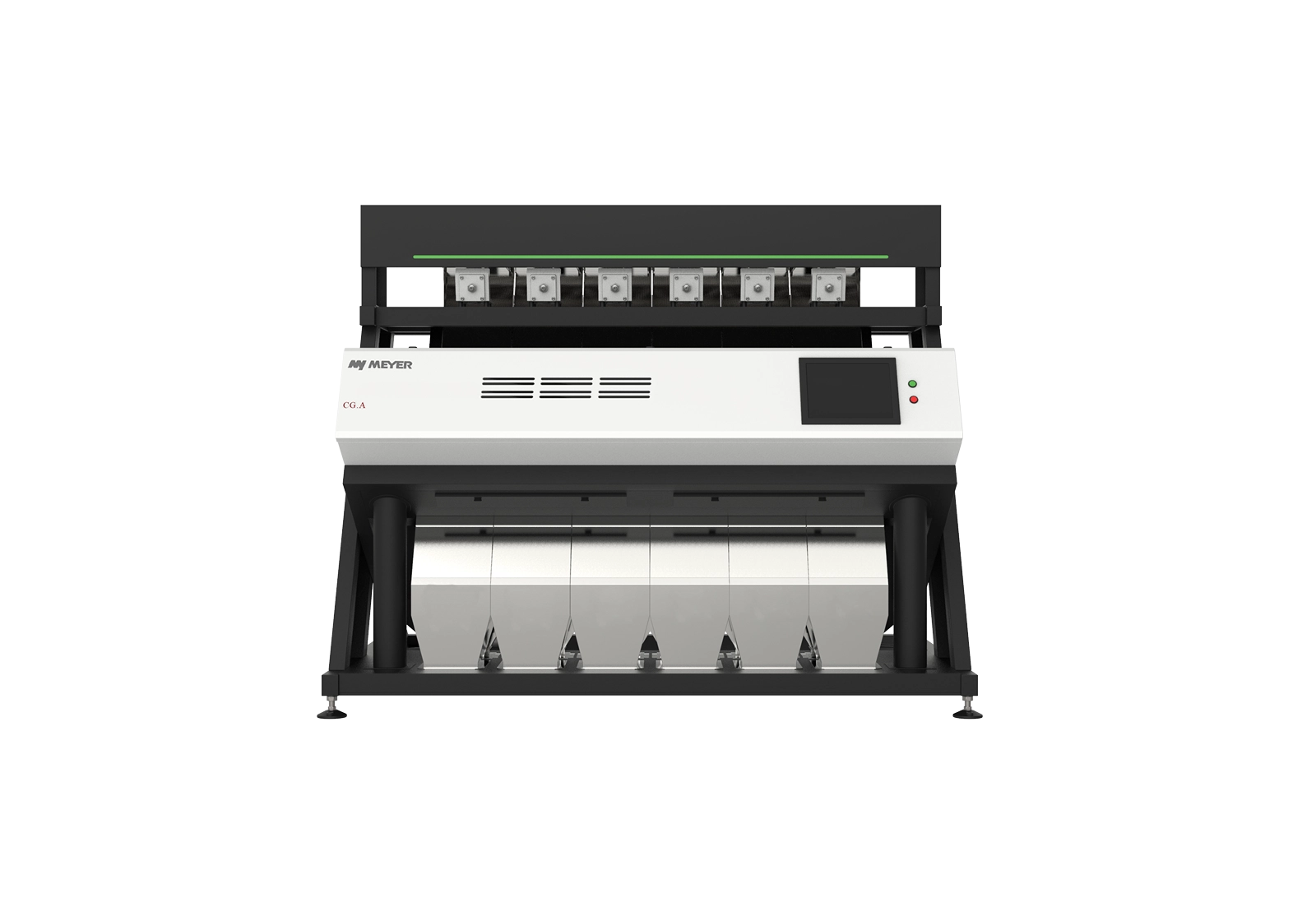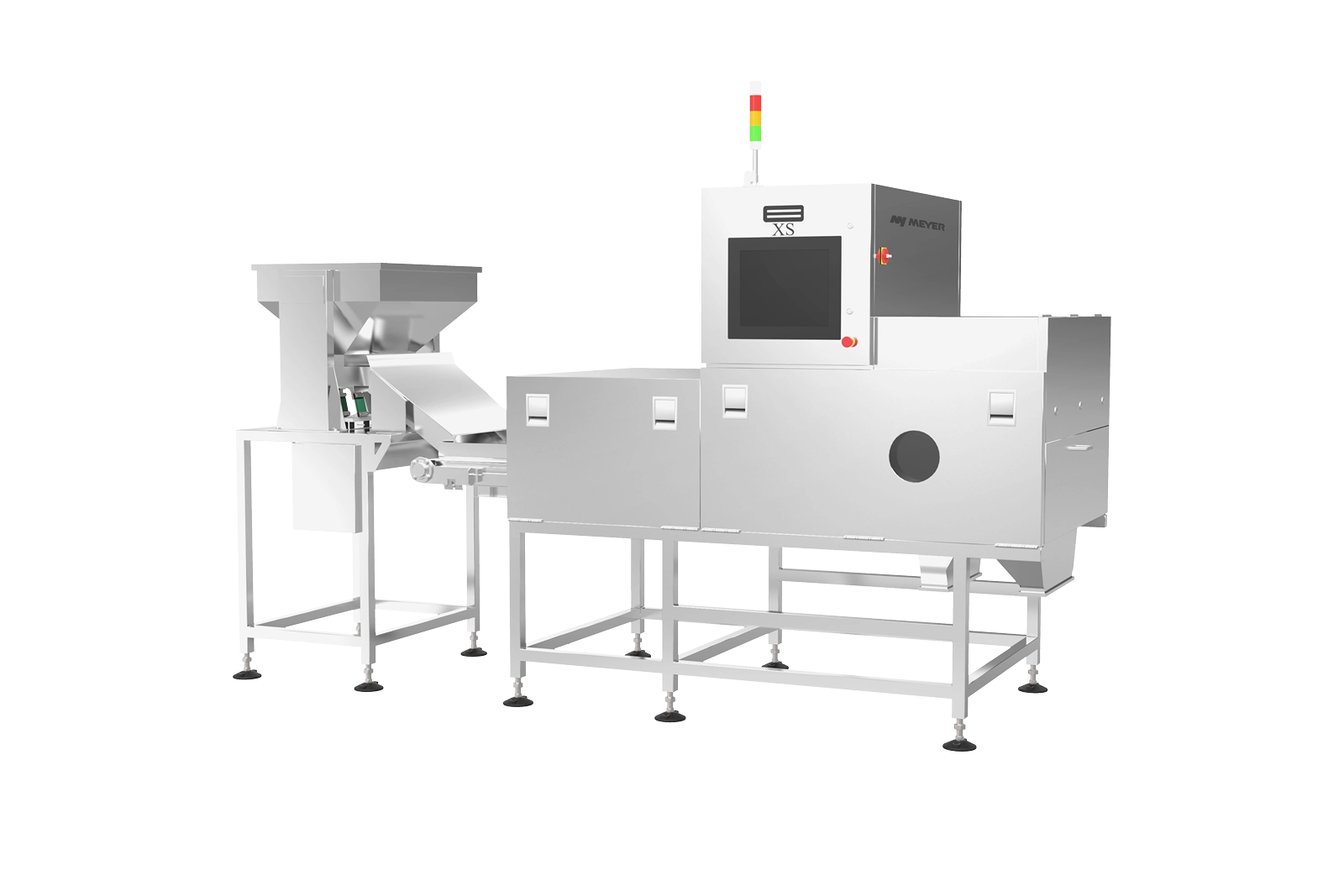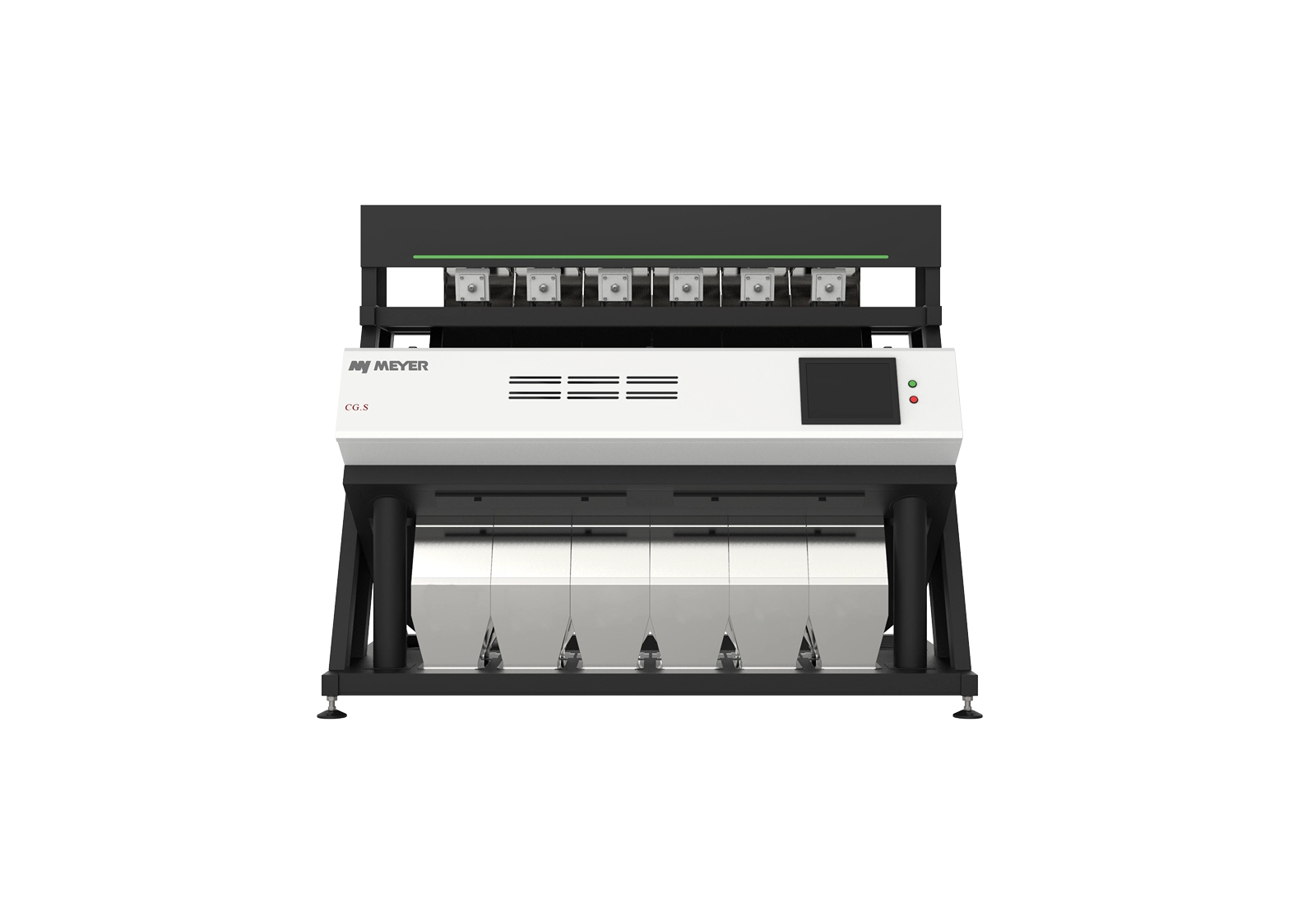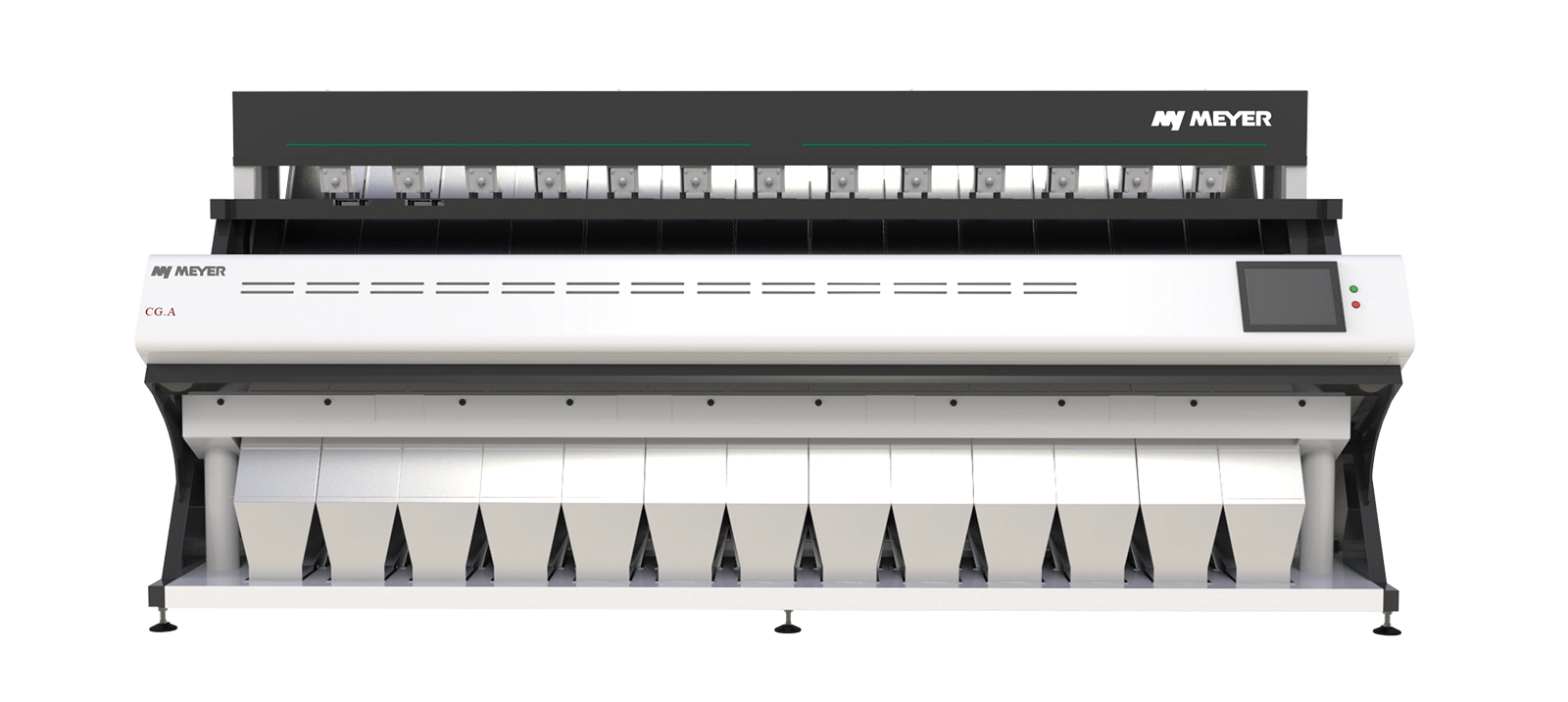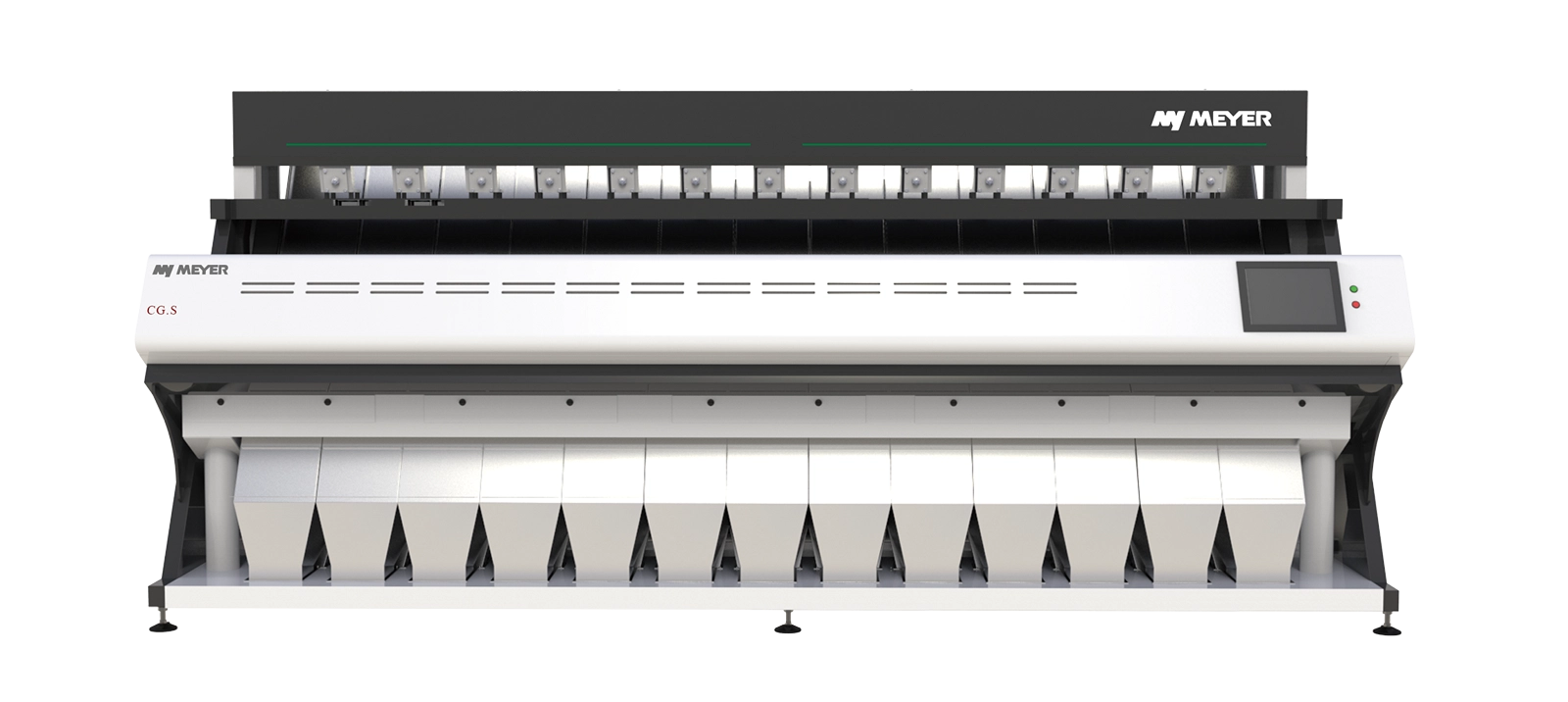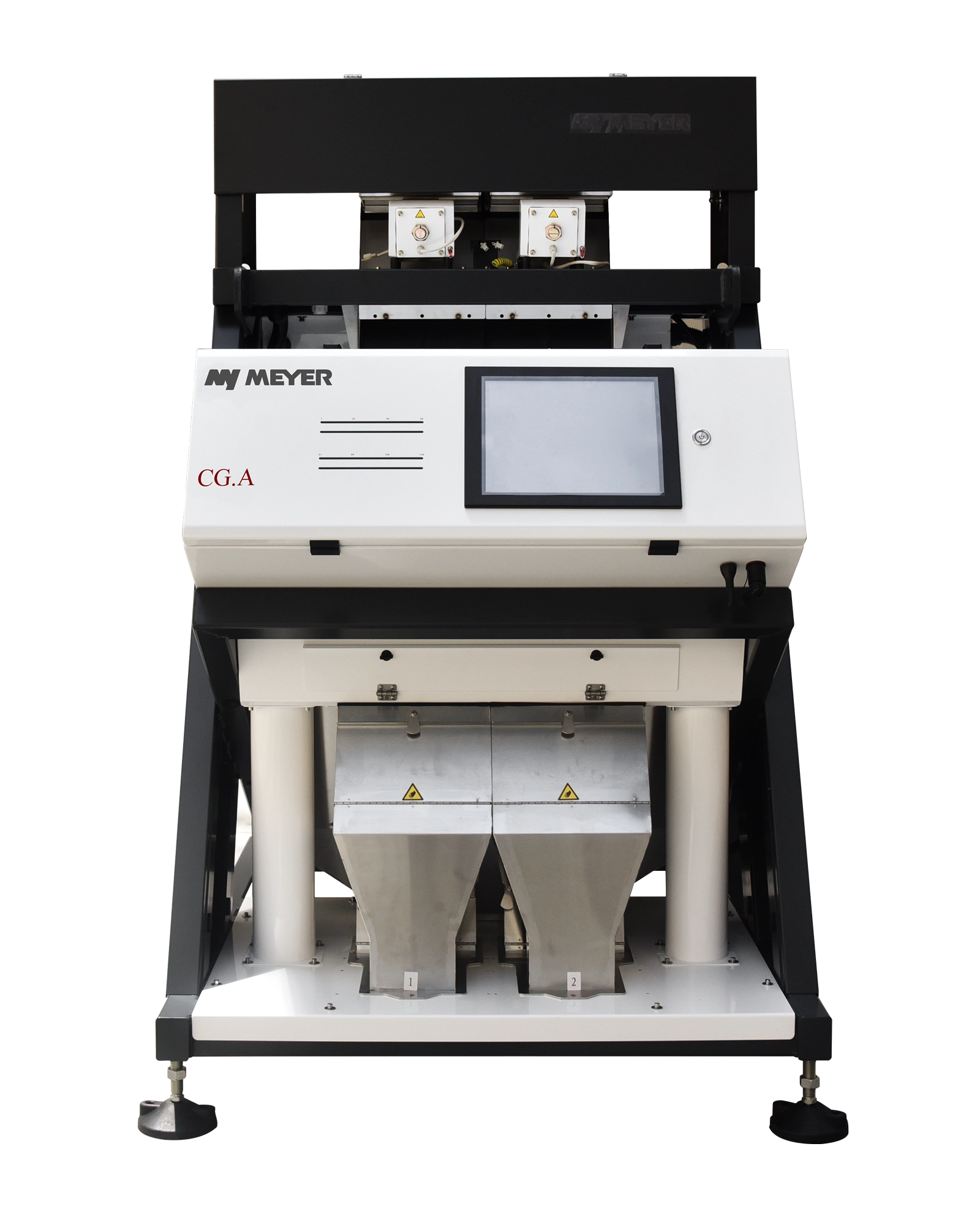Beans & pulses sorting
Enhancing Beans & pulses sorting efficiency with Meyer advanced sorting technology
Improve Beans & pulses sorting quality and increase throughput
Beans & pulses optical sorting process
Pulses crops are the second most important source of plant food in the world. Considering the sustainable production and increasing demand for these plants, we are improving the optical sorting technology in order to increase the efficiency, quality, and safety of the final products. With MEYER optical sorters, we get rid of various foreign bodies such as stones, glass, as well as rotten, infected, or discolored products. MEYER optical separators, by using various technologies, provide the possibility of thorough cleaning of various types of bean plants, from the smallest ones, such as lupins, through peas, to the largest varieties of beans.
See sorting samples
Examples of Beans & pulses sorting with Meyer
Best sorting machines for Beans & pulses sorting
Benefits of using Beans & pulses sorting machines
Increased purity and quality
Optical sorters can detect and remove discolored materials, foreign materials, and defects such as stones, sticks, or damaged grains. This results in higher purity and quality of the final Beans & pulses product, meeting consumer and market standards.
Better Efficiency and Throughput
Optical sorting technology allows for the processing of large volumes of Beans & pulses quickly and accurately, significantly improving throughput compared to manual sorting methods.
Reduced Labor Costs
Automated sorting reduces the need for manual labor, leading to cost savings and reduced human error in the sorting process.
Improved Product Value
Higher quality and purity of sorted Beans & pulses can lead to better market prices and customer satisfaction.
Versatility and Flexibility
Optical sorters can be used for different varieties of Beans & pulses and can be adjusted for different sorting needs, making them versatile tools in Beans & pulses processing.
Reduced Waste
Efficient sorting helps reduce waste by ensuring that only genuinely defective materials are removed, while maximizing the amount of good product.
Data Collection and Analysis
Modern optical sorting systems can collect valuable data about the waste stream, such as composition and contamination levels, aiding in process optimization and regulatory compliance.
Decreased Environmental Impact
By increasing the amount and quality of recycled materials, optical sorters contribute to reduced reliance on virgin resources, lower greenhouse gas emissions, and a smaller environmental footprint for waste management operations.
Enhanced Product Safety
By removing contaminated grains or foreign objects, optical sorters help prevent potential health hazards, contributing to safer products.
Our clients’ stories
Frequently Asked Questions
How the process of sorting beans and pulses works?
As the beans and pulses move through the sorter, they pass by high-resolution cameras and sensors that capture images and data. These devices analyze the size, shape, color, and surface defects of each unit. The collected data is processed in real-time using advanced algorithms. The system can detect subtle differences in color and surface quality, identifying defective or foreign materials. Based on the analysis, ejectors are activated to remove unwanted items from the product stream. This precise ejection ensures that only high-quality beans and pulses continue through the process.
What are the benefits of beans and pulses optical sorting?
By removing defective materials, optical sorting significantly improves the overall quality of beans and pulses, making them safer and more appealing for consumers, which is crucial for meeting industry standards and customer expectations.The process is highly efficient and faster than manual sorting, reducing labor costs and increasing throughput.
